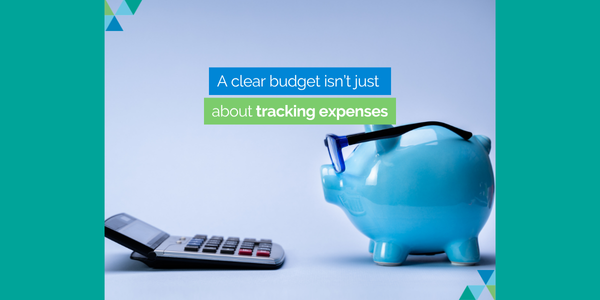Avoiding a Cashflow Crisis
Three sure signs you're in cashflow crisis and three things you can do about it.
Those of you who have run a business for even a short time know that you will not be able to operate for very long if cash flows out more than it flows in. Surprisingly, despite this knowledge being common, many businesses regularly find themselves in cashflow crisis.
So, before your cash-strapped business is pushed over the brink, here are three ways to tell if you're in cashflow crisis and three things you can do to avoid it.
You're probably in cashflow crisis if:
1. You're in regular contact with your bank about the overdraft and meeting payroll and statutory payments
2. You're in regular contact with your clients and your suppliers about overdue payments
3. You're obsessed about your month-to-month bottom line.
The lesson that business owners have to master immediately is that cashflow is the lifeblood of any operation. A business owner can never assume that cash will look after itself. Cashflow needs to be actively managed and monitored - here are three ways how.
1. HAVE A CASHFLOW FORECAST OR PLAN
It's important to understand your cashflow cycle, to understand the relationship between your profit and cashflow over the year and to be prepared for when the high tides and low tides in cashflow occur.
The key factors to build in to your cashflow forecast plan are:
- your projected monthly income
- your projected monthly costs (fixed and variable, below-the-line, above-the-line, allowances for tax, loans, capital costs etc)
- your billing cycle
- your terms of payment – preferred and actual
- best case and worst case scenarios
2. MANAGE YOUR DEBTORS AND YOUR STOCK
Remember, a sale doesn't count until the cash is in your bank account and if you overstock, you invite cashflow problems.
To manage your debtors, create a good billing system; send out the bills on time, with clear payment terms and timely debt chasing. If you are a key person in day-to-day business relationships – say, in sales, business development or delivering the service – give the job of dedicated, diplomatic debt-chasing and communication with your creditors to someone who doesn't need to maintain a positive sentiment in daily relationships with customers and suppliers.
3. LOOK OUT FOR HIGHS AND LOWS
Businesses experience high tides and low tides in their cashflow, but it isn't always clear why this occurs. It's important to compare cashflow on a month-by-month basis against purchase trends for the three months before and the three months after a dip. Can you pinpoint the reasons? Was it price, performance, competition? If so, you may need to adapt your business operations or marketing to respond to the problems exposed in the low cashflow periods.
If you've read these tips and are thinking 'where do I find the time to do all this?' or 'where do I start?' then maybe you need some expert assistance.
Contact us at admin@wrightsca.com.au to start the conversation about getting on the right cashflow course.










